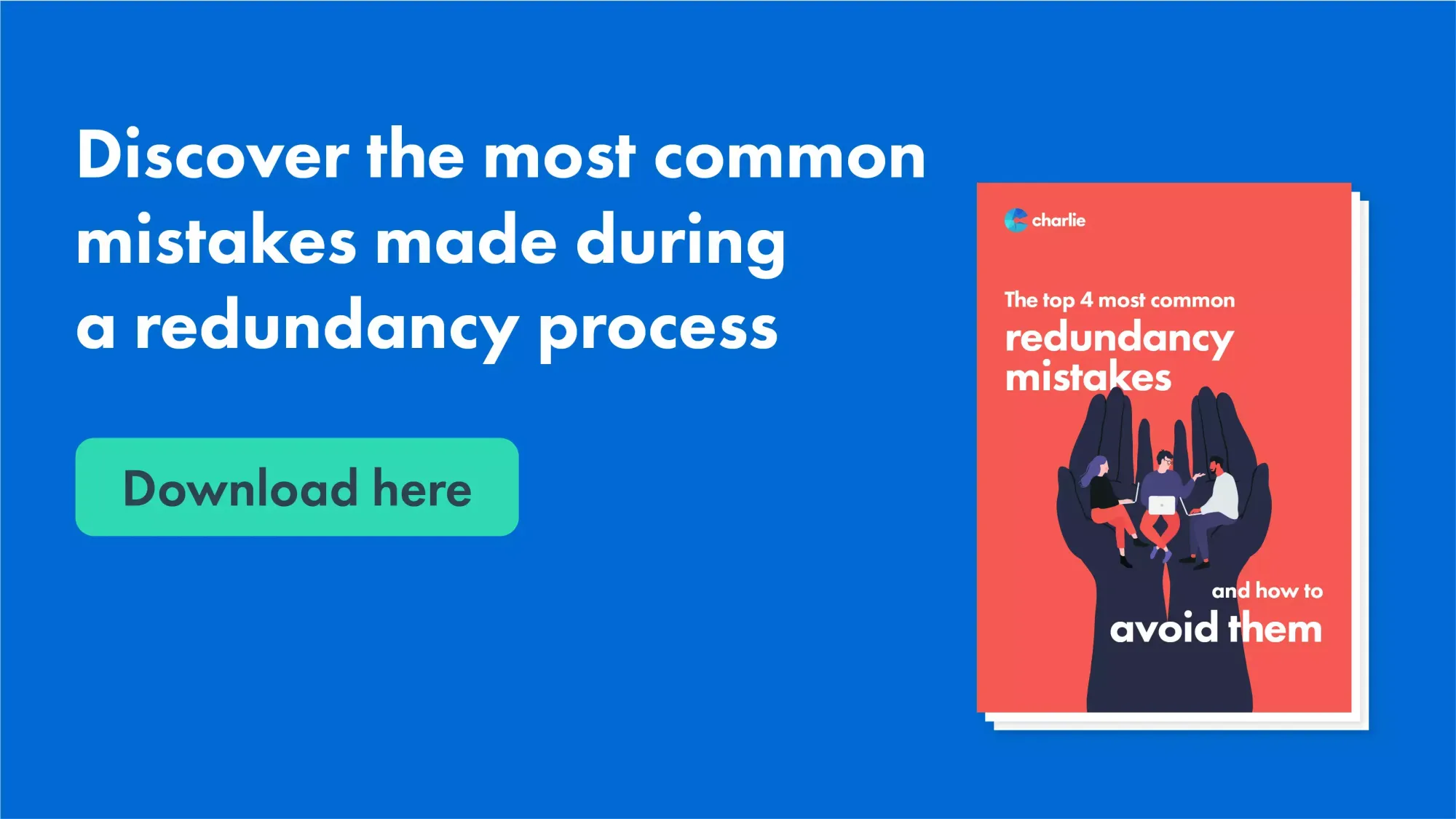Redundancy Pay If Company Goes Bust: Understanding Your Privileges in the UK
Redundancy Pay If Company Goes Bust: Understanding Your Privileges in the UK
Blog Article
Exploring the Interaction In Between Business Redundancy and Business Versatility for Future Development
In the vibrant landscape of today's service world, the intricate connection in between firm redundancy and business flexibility emerges as an essential element for sustained growth and success. Business often deal with the obstacle of striking a fragile equilibrium in between maintaining a level of redundancy to reduce threats and fostering flexibility to respond swiftly to the ever-evolving market demands.
Importance of Firm Redundancy
Firm redundancy is an essential aspect that enhances organizational resilience and reduces operational risks. By integrating redundancy steps within the organizational framework, companies can much better endure unanticipated disruptions and changes in business setting. Redundancy works as a calculated buffer, allowing companies to adapt and react properly to unforeseen challenges without jeopardizing necessary operations.
One trick facet of the significance of firm redundancy is its function in making sure connection during times of dilemma. When confronted with abrupt modifications or emergencies, repetitive systems, sources, or personnel can step in to preserve essential functions and protect against prevalent interruptions. This connection not only safeguards the firm's reputation and client trust fund but likewise lessens monetary losses and operational downtime.

Strategies for Business Adaptability

One more vital approach is investing in modern technology and framework that can support versatility and scalability. Applying electronic tools, automation, and data analytics can enhance procedures, improve performance, and provide useful understandings for informed decision-making. Furthermore, producing adaptable organizational structures that permit for quick adjustments to market dynamics and customer demands is necessary for remaining affordable in a rapidly developing environment. By proactively identifying possible disruptions and possibilities, organizations can proactively grow and adapt in an ever-changing company landscape.
Harmonizing Redundancy and Flexibility
Achieving an unified equilibrium in between functional redundancy and organizational versatility is paramount in browsing the complexities of a vibrant organization setting. Redundancy within a company provides a safeguard, guaranteeing connection and stability in procedures. Nonetheless, an unwanted of redundancy can result in inefficiencies and prevent adaptability to transforming market conditions. On the other hand, business flexibility allows companies to react immediately to exterior interruptions and confiscate new opportunities. Striking the best equilibrium in between redundancy and adaptability is a delicate procedure that requires a deep understanding of the company's objectives, industry characteristics, and risk resistance.
To accomplish this equilibrium, companies require to carry out regular evaluations of their procedures to determine areas where redundancy is essential for threat reduction and where flexibility can drive advancement and development. Carrying out versatile frameworks, promoting a culture of continual discovering and improvement, and urging open communication throughout all levels of the company are essential approaches to integrate redundancy and flexibility effectively. By straightening these two critical elements, companies can position themselves for sustainable growth and success in an visit their website ever-changing organization landscape.
Study on Adjustment Success
In taking a look at circumstances of effective business adaptation, it ends up being noticeable that the interplay between functional redundancy and flexibility is a defining consider shaping resistant businesses. One compelling case research is that of Netflix. Originally a DVD rental solution, Netflix demonstrated impressive adaptability by transitioning into a streaming platform when digitalization interrupted the sector. By tactically investing in technology and content production, Netflix not just flourished yet endured in a quickly advancing market. Another standout example is Amazon. Beginning as an on-line book shop, Amazon continuously adapted its service model, broadening into diverse markets such as cloud computing and expert system. This flexibility allowed Amazon to stay ahead of competitors and fulfill changing customer demands. Lastly, Adobe provides a significant picture of successful adjustment. The business moved from selling software licenses to a subscription-based version, ensuring persisting revenue streams and improved customer involvement. These study underscore the relevance of operational redundancy coupled with organizational adaptability in fostering long-lasting web link development and competitiveness.
Structure Resilience for Future Development
Building resilience for future development calls for a critical placement of operational processes with market characteristics and emerging fads. Firms have to adapt to transforming atmospheres by cultivating a society of flexibility, development, and constant enhancement.
Moreover, cultivating strong relationships with stakeholders, such as clients, workers, suppliers, and the neighborhood, is necessary for maintaining and weathering unpredictabilities count on and assistance during rough times. Efficient communication and transparency play an essential duty in building resilience, as they assist straighten assumptions and facilitate cooperation in navigating uncertainties.
Additionally, organizations need to focus on discovering and advancement campaigns to upskill staff members and equip them with the necessary devices to adjust to transforming circumstances. By buying their labor force, business can improve their versatility and agility, eventually reinforcing their durability for lasting future development.
Final Thought

In the vibrant landscape of today's service world, the complex connection between company redundancy and organizational adaptability arises as a vital factor for sustained growth and success. Companies frequently deal with the obstacle of striking a fragile balance between preserving a level of redundancy to mitigate dangers and cultivating versatility to respond quickly to the ever-evolving market needs.To achieve this balance, firms require to conduct routine assessments of their procedures to determine areas where redundancy is required for danger mitigation and where flexibility can drive development and development.In conclusion, the interaction between firm redundancy and organizational versatility is essential for future development. Structure strength via a mix of redundancy and versatility will certainly make sure that firms are prepared for the difficulties of the future.
Report this page